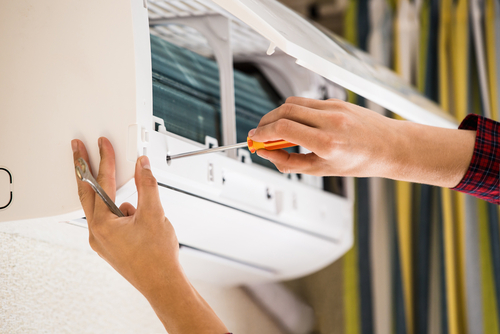Best Season to Use Swamp Coolers and Why
Just like we care for and follow maintenance regulations for every other household item and machines we buy for both indoor and outdoor use, the need to do the same for your portable swamp cooler is no different.
Portable swamp coolers can be a tricky item to use in different seasons. It is no wonder people often encounter issues with maintenance and usage. As much as it is crucial to know how best to use and maintain your portable swamp cooler, an even trickier question is whether or not you can use the portable swamp evaporative cooler in every season of the year. Otherwise, when is the best season to put this item to use. One way to know how best to take proper care of your machine is to, first of all, know when best not to use it and when best to use it.
Starting with the season to not use your swamp coolers is ideal. One of the worst times in the season to use swamp coolers is when the winds billow high, and it rains heavily, day in and day out. Why? Because all swamp coolers, whether portable or gigantic, are designed to function best during the dry season when it is really hot. However, during the rainy season, because the humidity in the air is highly increased, it exposes the ineffectiveness of the swamp cooler. That is because swamp coolers are actually designed in a way that they can trap dry, open air, converting it to cool air. It achieves this by passing dry air through wet pads. When the air hits the fixed wet pads, it changes into cooler air, which conventionally flows within the house. Because the evaporative swamp cooler is designed this way, its function ability is increasingly lowered during the rainy season.
Best season to use your swamp cooler? You got it right! Dry season: when the weather is warmer and there is hot air that your swamp cooler can convert to cool air.
We all know swamp coolers work with water evaporation as part of their cooling process; however, it is not a good enough reason to use your swamp cooler when the weather is cold and freezing. What that does is put you at the risk of causing water within your lines to freeze and expand, which may end up breaking the lines. You can always read the instruction manual for unique maintenance laws.

